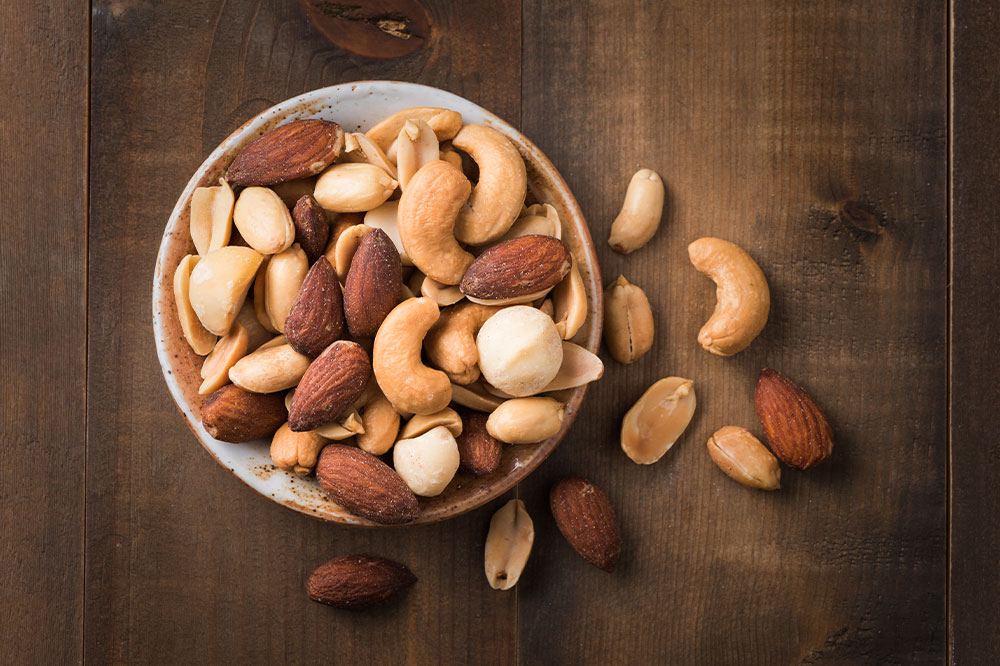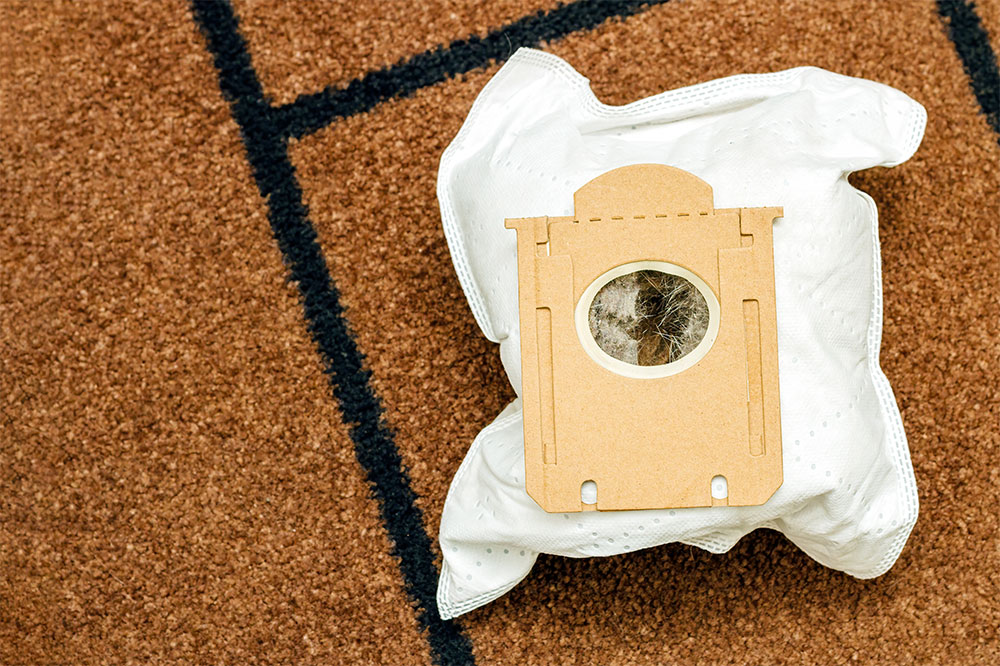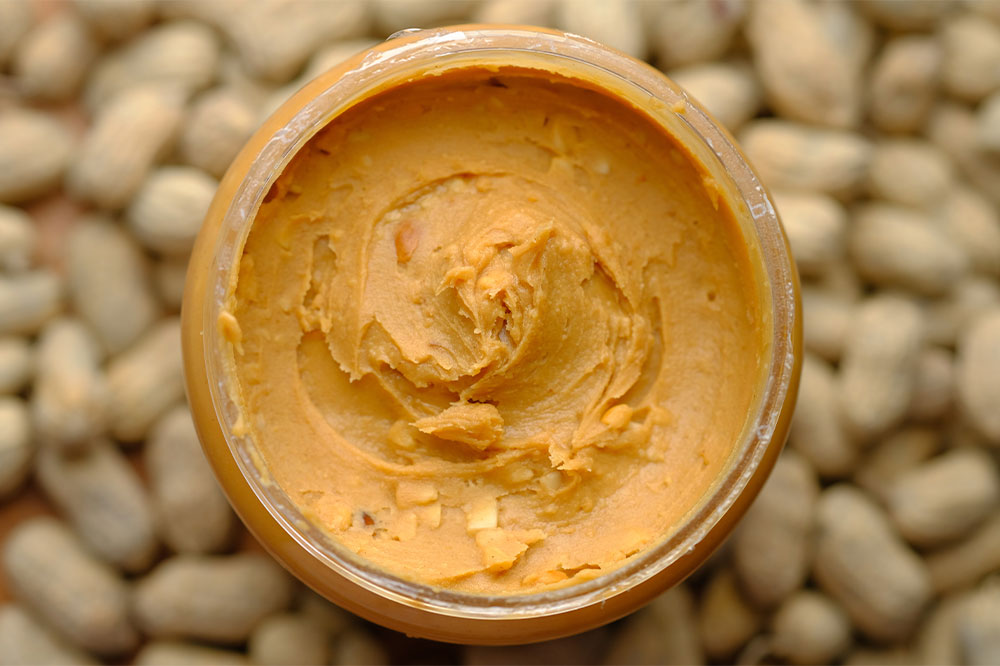Top 7 tips for choosing the right laptop

Gone are the days of bulky desktops. Today, laptops have become the front-running technology across the education and corporate worlds. And rightfully so! These devices are mighty powerful, easily portable, and capable of fulfilling most computing needs. Manufacturers have launched several ranges to meet the growing demand for quality laptops. However, choosing between them can cause a lot of confusion. Follow these seven laptop-buying tips to make this process a little easier:
1. Understand the needs
The very first step to take is to recognize one’s needs. What is the main purpose of getting a laptop? Is it meant to handle heavy-duty gaming and video editing, or be a trusty companion through one’s projects and assignments? Knowing these needs can help one narrow down their options. Certain things to watch out for at this stage are as follows:
- Operating system
Knowing what operating system is required for one’s needs is essential. This majorly depends on the software one uses and the systems it runs on. The four major OSs to choose from are Windows, macOS, Chrome OS, and Linux. - Processor
One also has to look for a processor suited to their needs. This component is the “brain” of the computer. It houses the processing power and instructions for the laptop to execute tasks efficiently. Look for the right unit for one’s workload. - Screen quality
For those who intend to be on the laptop all day, it is also important to find a comfortable screen. Screens with a glossy finish (most touch-screen laptops) reflect light, which can hurt the eyes. The screen’s resolution is also important, especially for those looking for a premium viewing experience. For regular usage, a full HD screen with 1920×1080 pixels works superbly. - Graphic card
All laptops are equipped with a graphics card. When bundled with the motherboard, they are known as integrated graphics. This may not be enough for those with heavy gaming or editing needs. In such cases, opting for a laptop with a discrete graphics card, which can provide a more refined viewing experience, is advisable. - RAM
Random-access memory (RAM) is essential; the bigger, the better! The laptop uses RAM to store data while the processor runs its tasks. For most average users, 8GB of RAM is generally enough. However, upgrading to 16GB or more promises enhanced performance. - Storage
The laptop becomes a storehouse for all of one’s data, whether photos, videos, documents, or more. Hence, looking for a laptop with a decent hard disk capacity is important. Experts recommend opting for at least 256 GB of SSD storage for regular users. For gamers and heavy users, opting for 1TB devices is advisable.
2. Set a budget
Setting a reasonable budget range based on one’s needs is vital. Consider factors such as one’s current financial situation and future monetary needs. Several financing solutions, such as loans and monthly payment plans, are also available at retailers. Waiting to shop during the sale season is a good idea to save money or find a better deal.
3. Consider a 2-in-1 laptop
Get two for the price of one by investing in a hybrid laptop-and-tablet model. These devices can be found in two different styles: detachable screens completely separate from the keyboard and laptops with hinges that can be turned 360°.
4. Look for the right size
The laptop’s size can impact its portability. Popular choices are as follows:
- 11-12 inches
Although they provide maximum portability, top manufacturers rarely offer them. - 13-14 inches
These laptops offer a decent screen size and generally weigh 3 pounds or less, making them easy to carry. - 15-16 inches
This popular option is ideal for those who do not plan on lugging their laptop around. These devices can weigh anywhere from 3 to 5.5 pounds. - 17-18 inches
This is a growing category of devices meant to serve heavy-duty or workstation tasks.
5. Check the battery life
This is not a stressor for those who plan on sitting close to an outlet. But battery life can be a deal-breaker for individuals who would like to use their laptops on the go. Look for a laptop that provides at least 7 hours of power, with 9+ hours being an ideal choice. Check out third-party and customer reviews to learn more about a device’s battery.
6. Test the laptop
Yes, laptops also need to be tested before purchase. When buying at the store, fiddle with the keyboard and mouse pad of the model on display. This can help give a realistic understanding of what laptop handling would look like. Next, check whether the brand offers the opportunity to test laptops. Here, focus on the laptop’s software, hardware features, and functioning. Compare it with other similar laptops to find the best fit.
7. Don’t follow the crowd
Getting the latest laptop from the most popular brand can sound tempting. However, it is not an assurance that this device will fit one’s needs. Instead of following the crowds, focus on research. Find the best laptop within one’s budget and test it out. Carefully consider one’s needs and requirements before finalizing the purchase.







